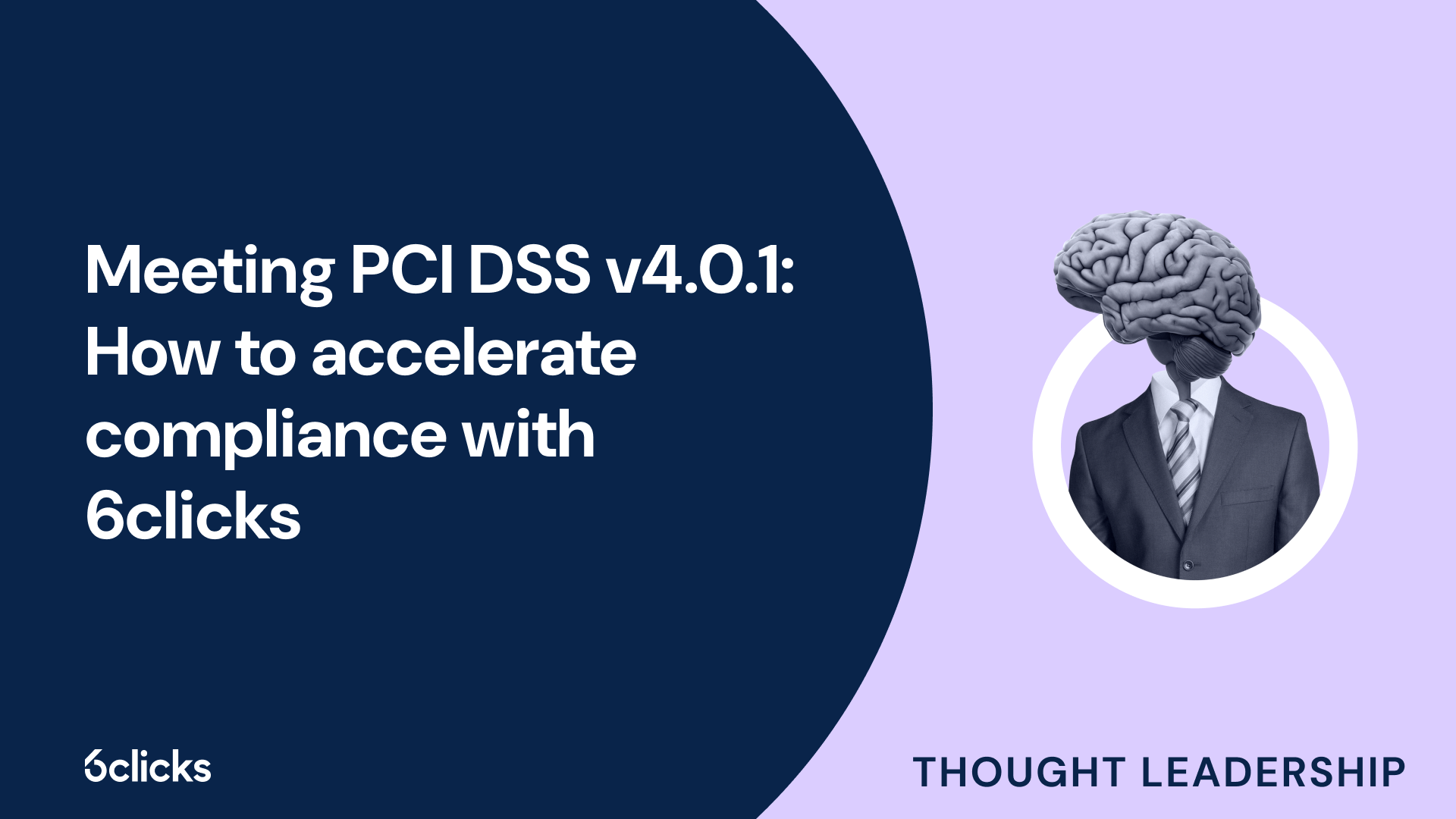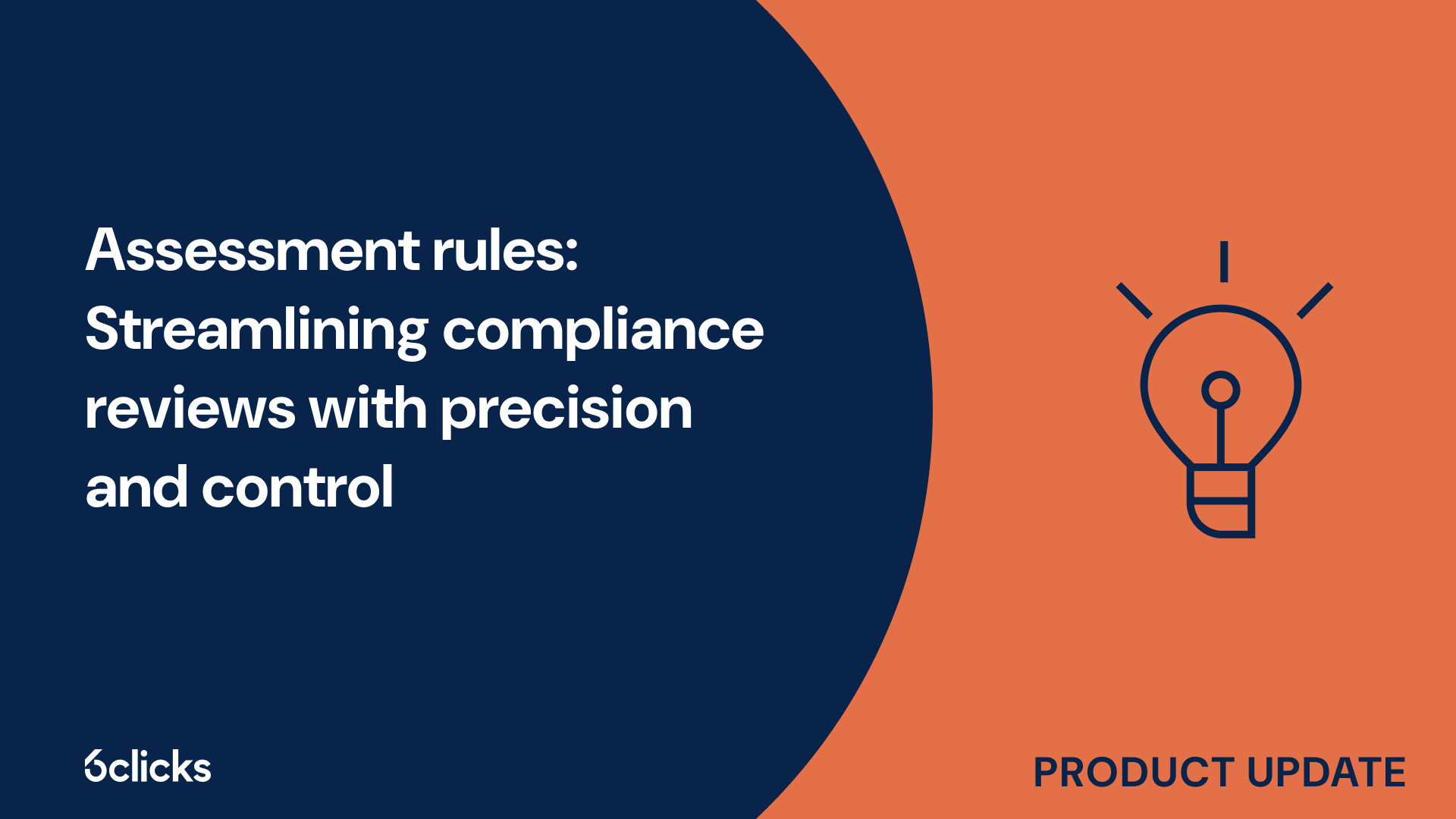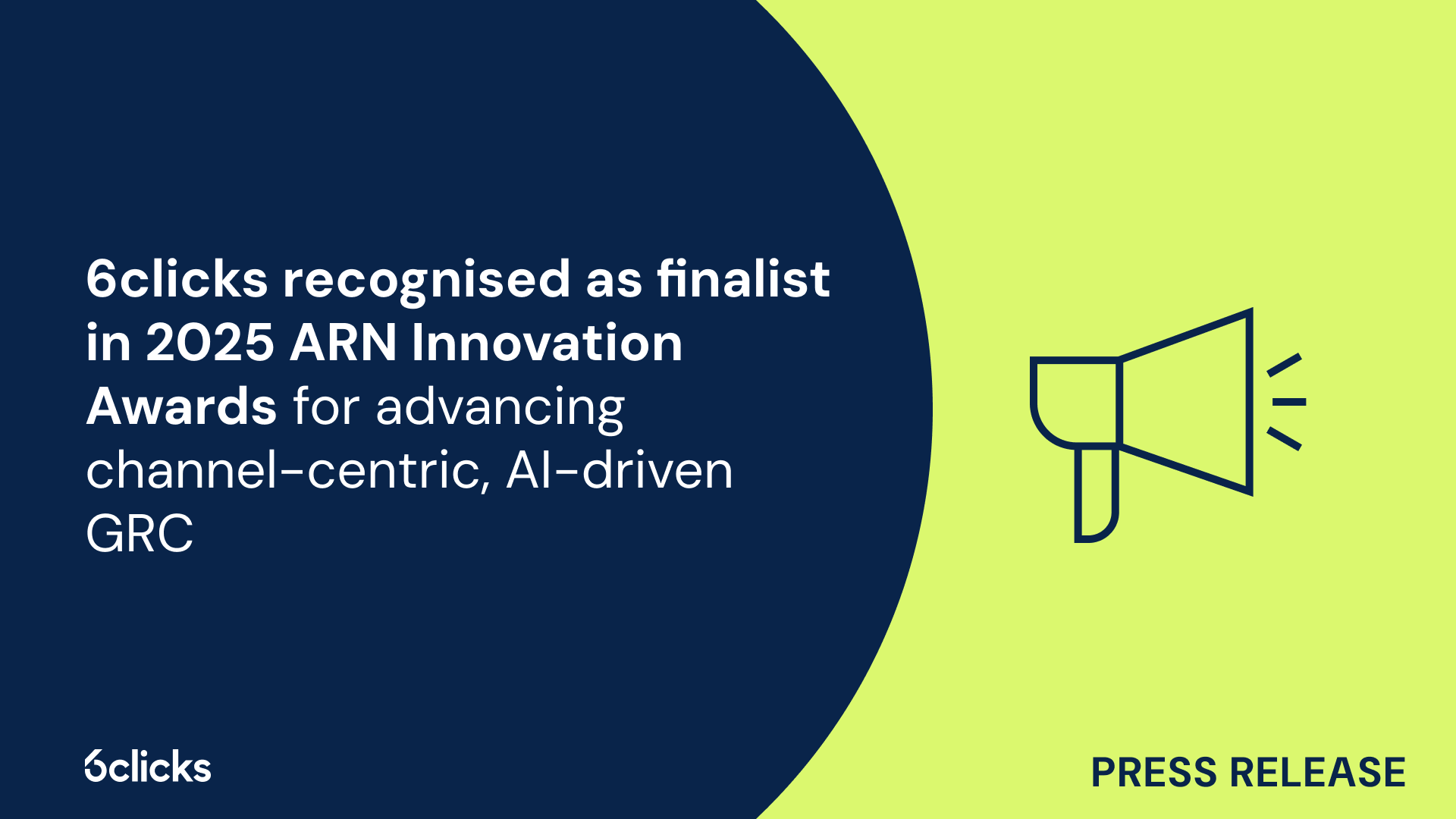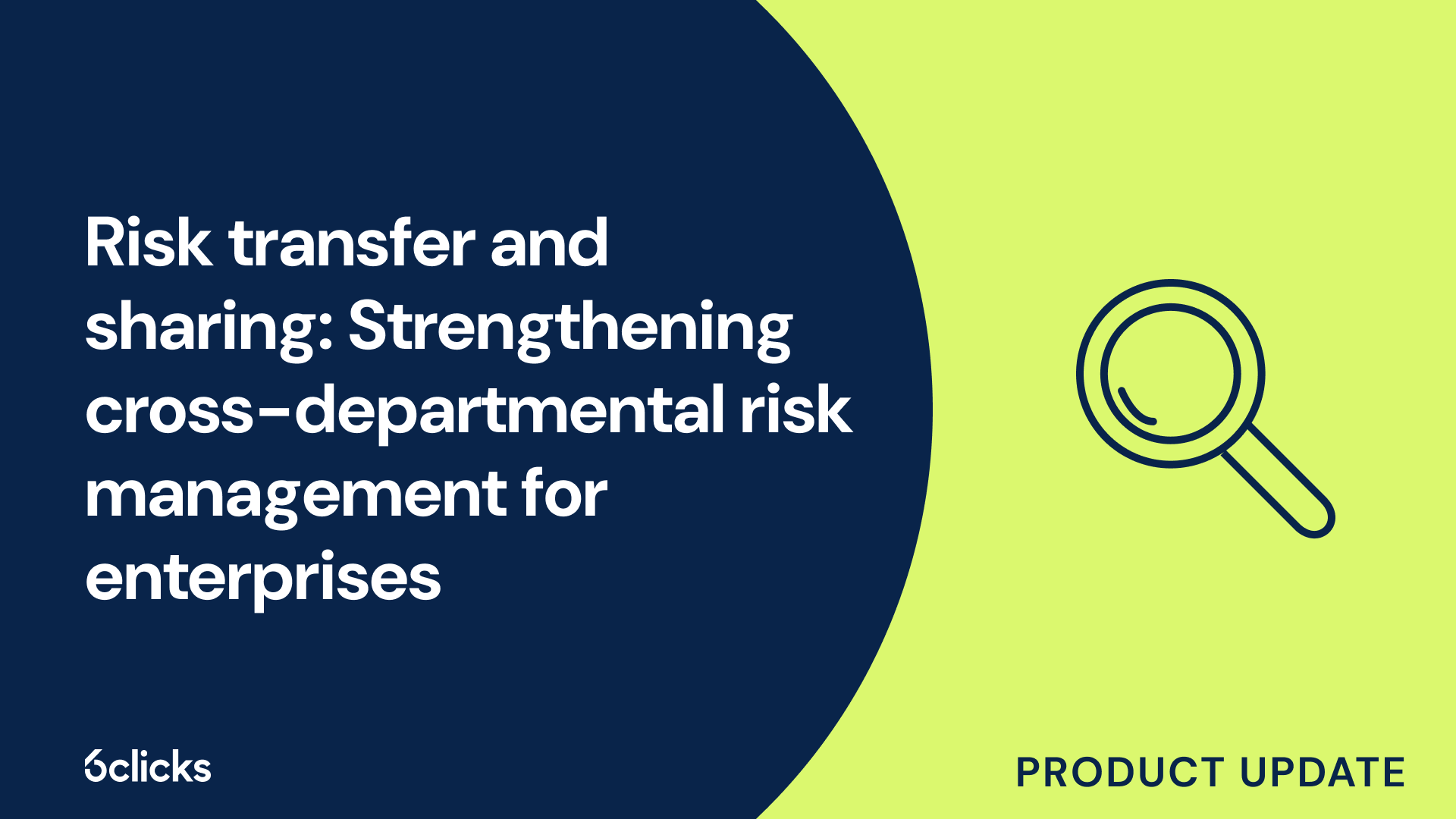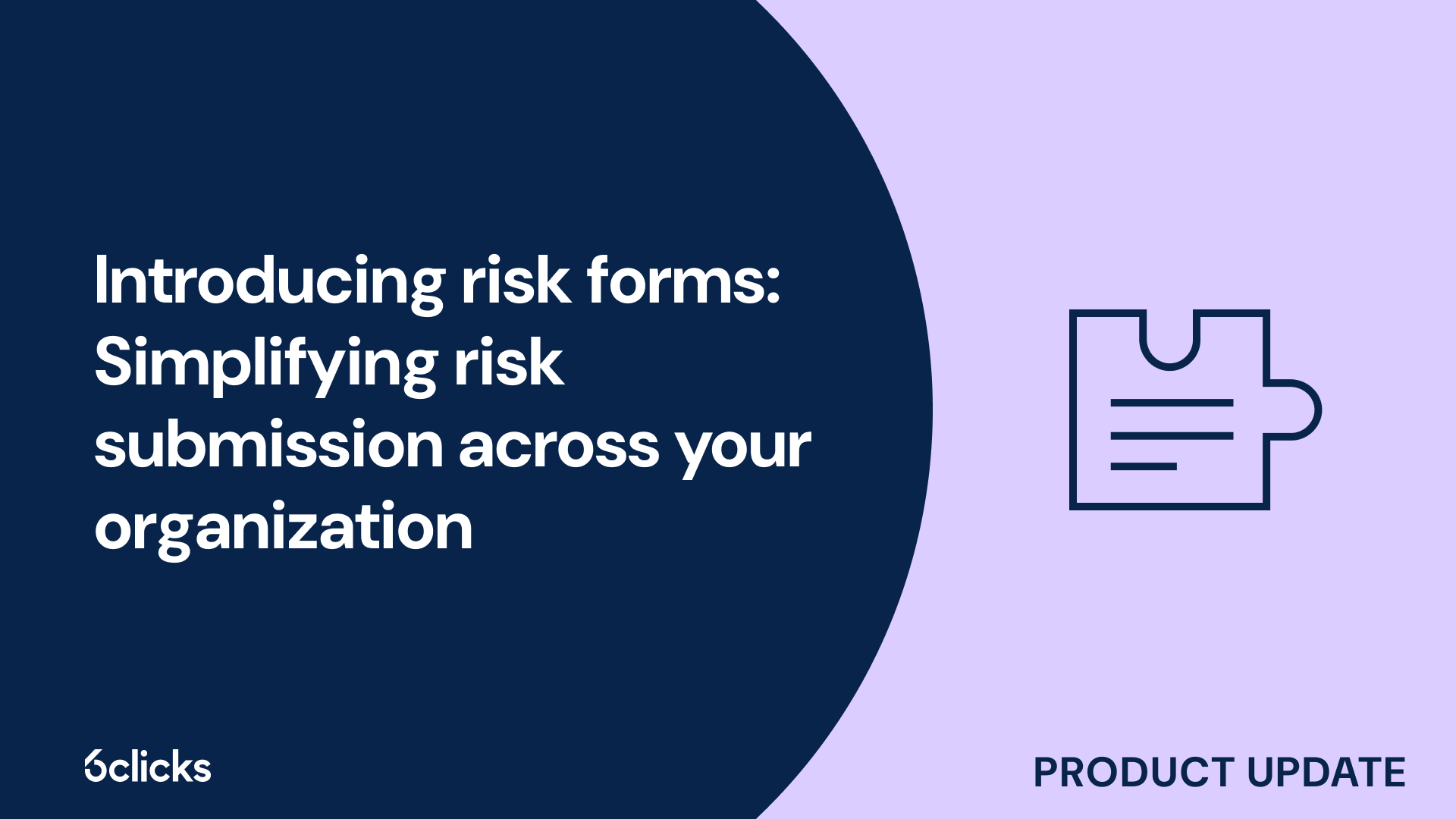The GRC buyer’s guide for 2025: Building resilience with AI-powered, federated solutions
Discover the ultimate GRC buyer's guide for 2025! Uncover how AI-powered, federated solutions transform compliance and security management for industries like government, aerospace, banking, and more. Learn about centralized control, continuous compliance, and advanced cyber GRC capabilities. Download now!
-1.png?width=200&height=249&name=Group%20193%20(1)-1.png)
The GRC buyer’s guide for 2025: Building resilience with AI-powered, federated solutions
What is risk identification?
Risk identification is the foundational step in the risk management process, where potential risks that could impact an organization's objectives are systematically recognized and documented. It serves as the basis for evaluating, analyzing, and mitigating risks, ensuring businesses can operate effectively and sustainably.
Risk identification is critical for organizations across all industries, as it provides a structured approach to anticipating uncertainties that could derail projects, disrupt operations, or lead to financial losses. By proactively identifying risks, organizations can better prepare for potential challenges, safeguarding their resources and enhancing decision-making.
The purpose of risk identification
The primary objective of risk identification is to recognize risks early in the process to enable timely and effective risk management strategies. This step ensures that organizations are aware of both internal and external factors that might pose threats or opportunities. Understanding potential risks is essential for minimizing the impact of adverse events and leveraging positive outcomes.
Discover the overview of the IT risk management process
Key steps in risk identification
Understanding the context
Before identifying risks, organizations must define their objectives, processes, and environments. This step involves analyzing internal systems, external market conditions, and regulatory requirements to establish a clear understanding of the landscape.
Brainstorming potential risks
Risk identification often involves brainstorming sessions with stakeholders, including team members, managers, and experts. Open discussions encourage diverse perspectives, ensuring a comprehensive list of potential risks.
Utilizing risk identification tools
Organizations use various tools and techniques to identify risks effectively. Common methods include:
- SWOT analysis: Identifies strengths, weaknesses, opportunities, and threats
- Risk checklists: Provides predefined lists of risks based on industry standards
- Root cause analysis: Helps identify the underlying reasons for potential risks
- Scenario analysis: Evaluates potential risks under different hypothetical situations
Categorizing risks
Once identified, risks are categorized based on their nature, such as financial, operational, strategic, compliance, or reputational risks. This classification helps prioritize and address risks effectively.
Documenting risks
Proper documentation is essential for tracking and managing risks. A risk register or log is commonly used to record details about identified risks, including their likelihood, potential impact, and mitigation strategies.

Learn more about the 5 steps for effective risk management
Benefits of effective risk identification
- Proactive decision-making: By identifying risks early, organizations can make informed decisions to mitigate threats or capitalize on opportunities.
- Resource optimization: Risk identification allows businesses to allocate resources efficiently, focusing on high-priority risks that could significantly impact their objectives.
- Improved compliance: Identifying risks ensures organizations can address regulatory and legal requirements, reducing the likelihood of penalties or violations.
- Enhanced stakeholder confidence: Transparent risk identification processes demonstrate a commitment to accountability and preparedness, fostering trust among stakeholders.
In essence, risk identification is a critical step in safeguarding organizational objectives and ensuring long-term success. By understanding the context, utilizing effective tools, and involving stakeholders, businesses can recognize and prepare for potential challenges and opportunities. A structured approach to risk identification not only minimizes adverse impacts but also empowers organizations to operate confidently in an ever-evolving landscape.
Streamline risk identification, assessment, mitigation, and management with 6clicks. Explore our powerful platform today.







